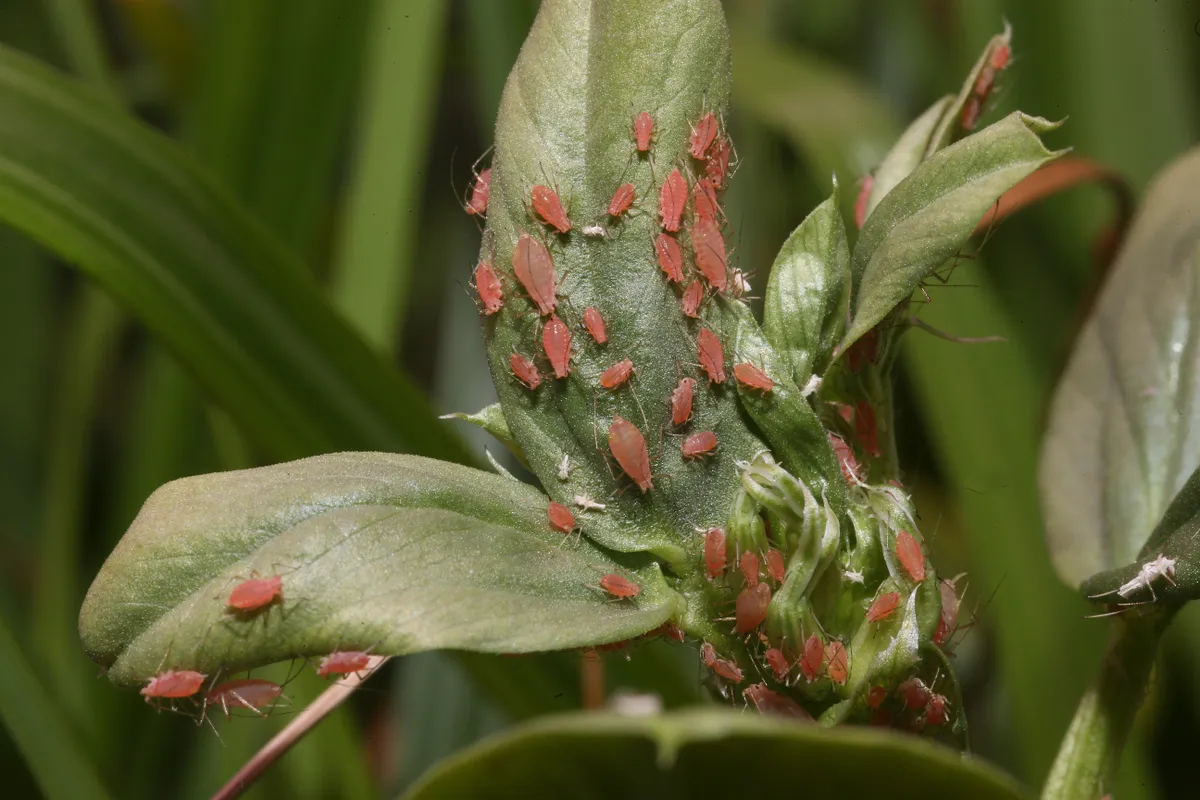In this expert guide, we look at endosymbiosis – when one organism lives inside another, the host – and how it works, and its benefits
What is endosymbiosis?
You’ve probably heard of symbiosis (Greek for ‘living together’), a close and long-term association between two different organisms. Endosymbiosis occurs when one organism, known as the endosymbiont, lives inside another, the host.
Generally, endosymbionts are small enough to reside within host cells but they aren’t parasites. The interaction between any two species can range from parasitism – where one organism exploits a (usually larger) one to the point of being harmful – to mutualism, in which the association is beneficial to both partners. Unlike parasitic associations, endosymbiotic relationships typically aren’t one-sided.
How do the hosts benefit from a endosymbiont?
Endosymbionts will often do something their hosts can’t. One such function is photosynthesis – harvesting energy from sunlight to make food. It’s performed by green plants, algae and certain bacteria today, but the process first emerged in a group called cyanobacteria over 2 billion years ago and generated a byproduct that’s since become vital to most life on Earth: oxygen in the atmosphere. Some animal hosts, mainly invertebrates such as marine molluscs and cnidarians (including corals and anemones) are solar-powered thanks to their endosymbionts.
And what do endosymbionts get?
Room and board. Mutualistic relationships are quid pro quo. So in exchange for food, the host provides a home that protects an endosymbiont from predators and other environmental threats, plus nutrients that might have otherwise been hard to obtain.
But endosymbionts can also become prey: Elysia chlorotica, a sea slug that resembles a leaf, eats algae to steal chloroplasts (the structures where photosynthesis occurs) – a phenomenon called kleptoplasty.
Can relationship between the endosymbiont and host break down?
Unfortunately, yes. Most famously, coral cells lose their photosynthetic algae, known as zooxanthellae, under stressful conditions such as an abnormal rise in water temperature due to global warming. Then, after a coral colony ejects its colourful endosymbiotic algae, its tissues become transparent to expose the white skeleton beneath, leading to coral bleaching.

How do the two partners meet?
In some partnerships, including coral-algae, hosts acquire their endosymbionts from the environment each generation. That can allow open relationships where one partner might start a new romance with a different microbe.
In other cases, especially in insects, the association becomes so stable over evolutionary time that endosymbionts stay inside host eggs during reproduction, causing them to be passed down from mother to offspring.
Some hosts have even evolved to make the living arrangements extra comfortable for their microbial guests: Buchnera aphidicola are housed in special cells within pea aphids, called bacteriocytes.

Do the relationships last?
Yes, and a few have progressed to a stage where the endosymbiont has actually become part of its host, turning into an organelle (‘little organ’) in cells: chloroplasts are descendants of cyanobacteria that settled down in plant cells about one billion years ago, while mitochondria (the power stations of complex life) are descended from ancient proteobacteria.
And just as bacteria can be inherited down the maternal line in insects, mitochondria are transmitted in a vertical manner in humans too, from mother to child. Over time, those former endosymbionts have gradually lost or moved genetic material into their host’s DNA via ‘horizontal gene transfer’ until the relationship became permanent.
Is endosymbiosis necessary?
No, but the acquisition of chloroplasts and mitochondria appears to have been essential for complex life – organisms whose DNA is contained within a cell’s nucleus, known as eukaryotes (organisms like bacteria with DNA floating freely in the cytoplasm, are ‘prokaryotes’).
All modern eukaryotes, from single-celled algae to humans, share a common ancestor that once harboured mitochondria-like endosymbionts. By combining two organisms, complex life has been able to gain new abilities that enabled it to access ecological niches that weren’t previously available.
Main image: Life on a coral reef. © Getty
